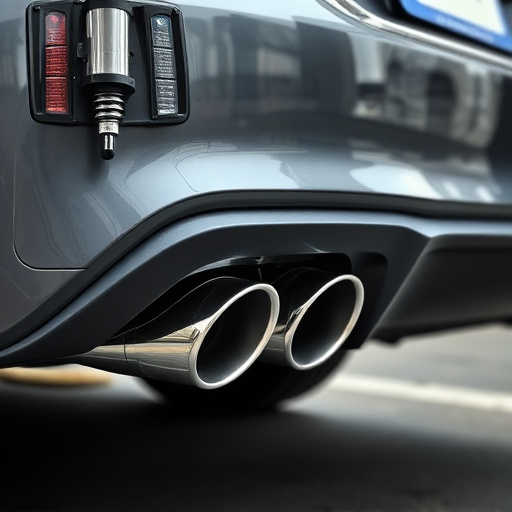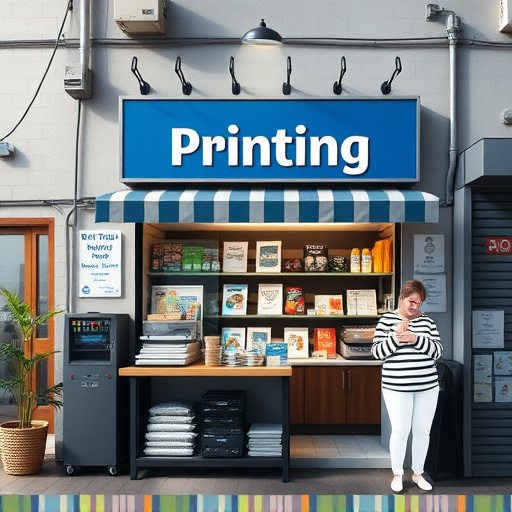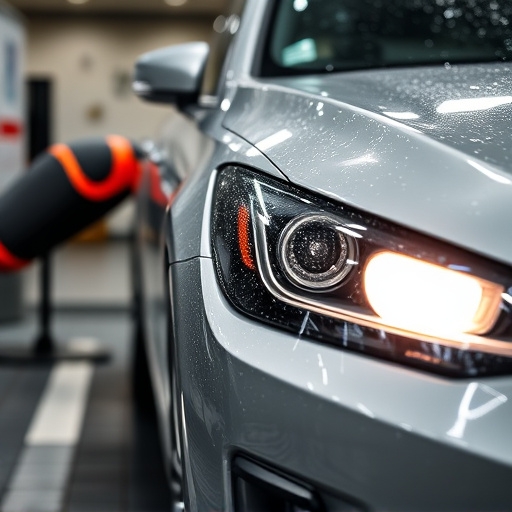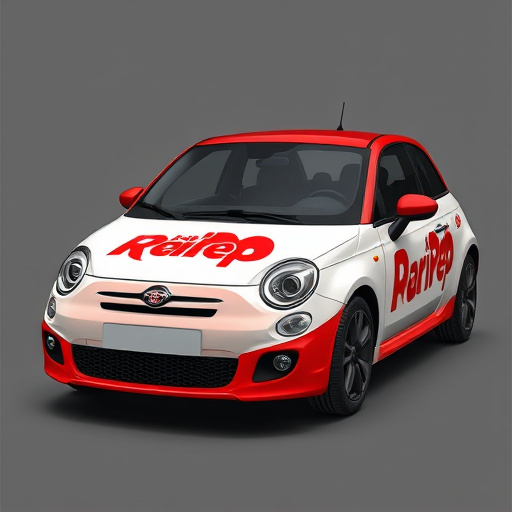Proper vehicle decal installation requires thorough cleaning and inspection of window surfaces, compatibility checks, research on local regulations, gathering high-quality materials, preparation of a clean work area, and wearing protective gear. This meticulous process ensures optimal adhesion, prevents air bubbles, and achieves a long-lasting, crisp finish while adhering to legal guidelines.
“Transform your vehicle’s windows into a canvas of expression with vehicle decal installation. This comprehensive guide navigates you through the process, from preparation to post-installation care, ensuring a flawless result.
First, understand window compatibility and local regulations, then gather your tools and materials. Learn the art of surface cleaning and preparation for optimal adhesion. Our step-by-step application guide promises a professional finish.
Avoid common mistakes by correctly removing protective films and maintaining your decal post-installation.”
- Preparation for Vehicle Decal Installation
- – Checking window compatibility and regulations
- – Gathering necessary tools and materials
Preparation for Vehicle Decal Installation

Before diving into the installation process, proper preparation is key to achieving a flawless vehicle decal application. Begin by ensuring your vehicle’s window surface is clean and free from any debris or contaminants that could hinder adhesion. This includes washing the windows thoroughly and applying a layer of high-quality automotive cleaner to remove any residue or grease.
Additionally, consider the type of ceramic window tinting or heat rejection films already applied to your windows. These protective layers can affect decal adherence, so it’s essential to know their properties. Remove any unnecessary films or covers to expose the original glass surface, which will facilitate better adhesion for your new vehicle decals.
– Checking window compatibility and regulations

Before you begin installing vehicle decals on your windows, it’s crucial to check for compatibility and understand any local regulations. Not all vehicles or window types are suitable for decal application, as certain materials and finishes might hinder adhesion or cause damage. For instance, older or weathered windows may not provide a clean surface for optimal decal bonding.
Additionally, regional laws regarding vehicle customization, including window graphics, vary widely. Ensure you’re aware of any restrictions on the placement, size, or type of decals allowed to maintain legal compliance and avoid potential fines. A professional installation service can offer guidance on these aspects, ensuring your vehicle’s windows receive high-quality finishes and protection (vehicle protection) with precise, regulation-compliant decal application (professional ppf installation).
– Gathering necessary tools and materials

Before attempting any vehicle decal installation, ensure you have all the necessary tools and materials to achieve a professional finish. This includes high-quality decals specifically designed for automotive applications, a smooth surface cleaner, a microfiber cloth, and a variety of applicators like squeegees and spatulas. Proper preparation is key in automotive detailing, so consider also having a clean room or garage where you can work without dust or debris interfering with the process. Additionally, protective gear such as gloves and safety goggles will safeguard your hands and eyes from any accidental contact with the chemicals or sharp edges during vehicle decal installation.
Remember that the goal of this process is not just to adhere the decals but also to enhance and protect your vehicle’s surface. With the right tools at hand, you’ll be able to navigate the intricate design of the decals seamlessly, avoiding air bubbles and ensuring a long-lasting, crisp finish. This not only adds aesthetic appeal but also contributes to the overall vehicle protection, making it stand out as a true testament to your automotive detailing skills.
When preparing for a vehicle decal installation, understanding both the technical aspects and legal requirements is key. By ensuring your windows are compatible and checking local regulations, you’re well on your way to a successful and safe application. With the right tools and materials in hand, you can transform your vehicle’s exterior with eye-catching decals, enhancing its appearance while adhering to necessary guidelines. Remember, proper installation is just as important as choosing the perfect design; following do’s and don’ts will ensure your decals last and look their best.














